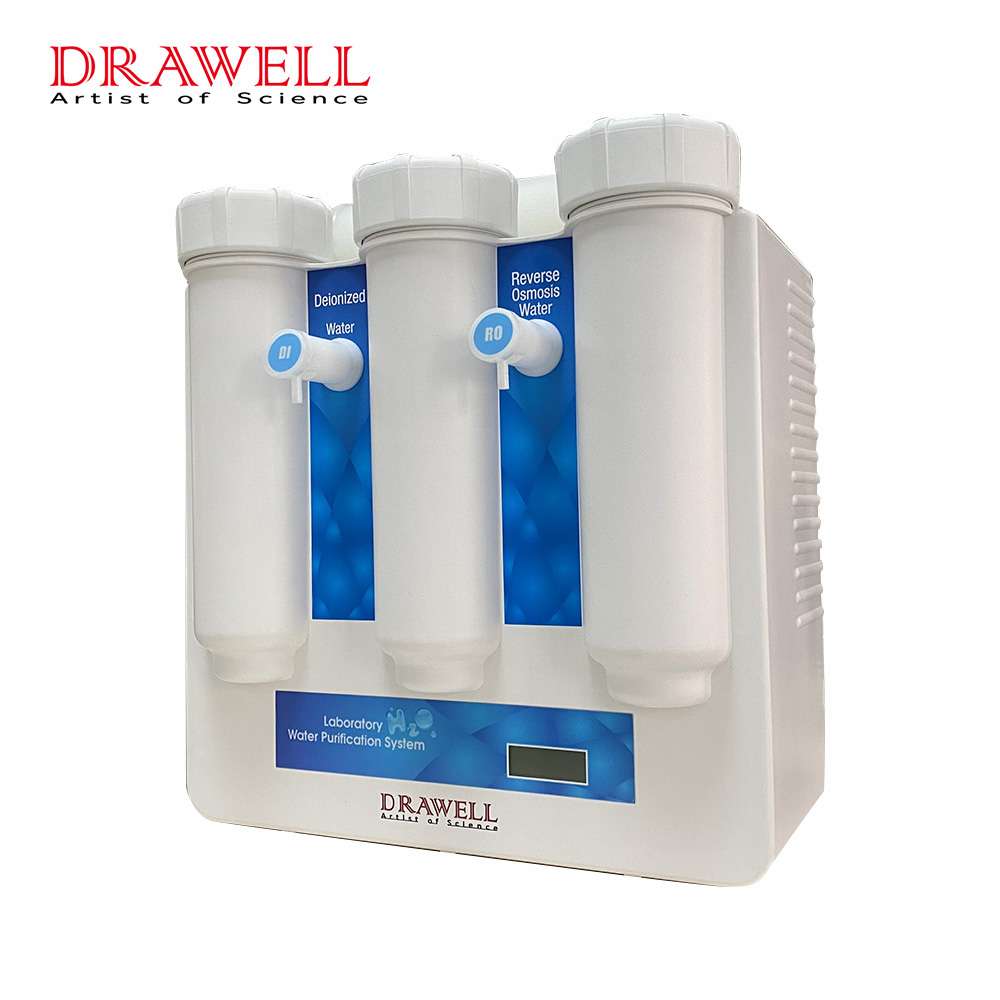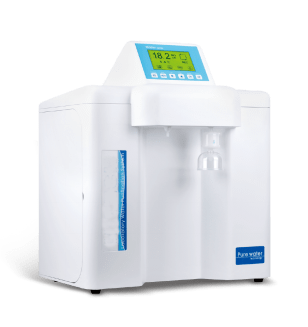Laboratories depend extensively on a top-notch water purification system for lab applications, as they require exceptionally pure water for various purposes such as research, experiments, and analysis. It’s imperative that use the lab water purification system effectively eliminate impurities and contaminants to avoid any potential disruption of experimental results. Hence, the selection of the appropriate lab water purification system holds significant importance in guaranteeing dependable and precise outcomes. This article offers a comprehensive resource to assist laboratory staff in making the right choice when it comes to acquiring the ideal water purification system for their unique requirements.
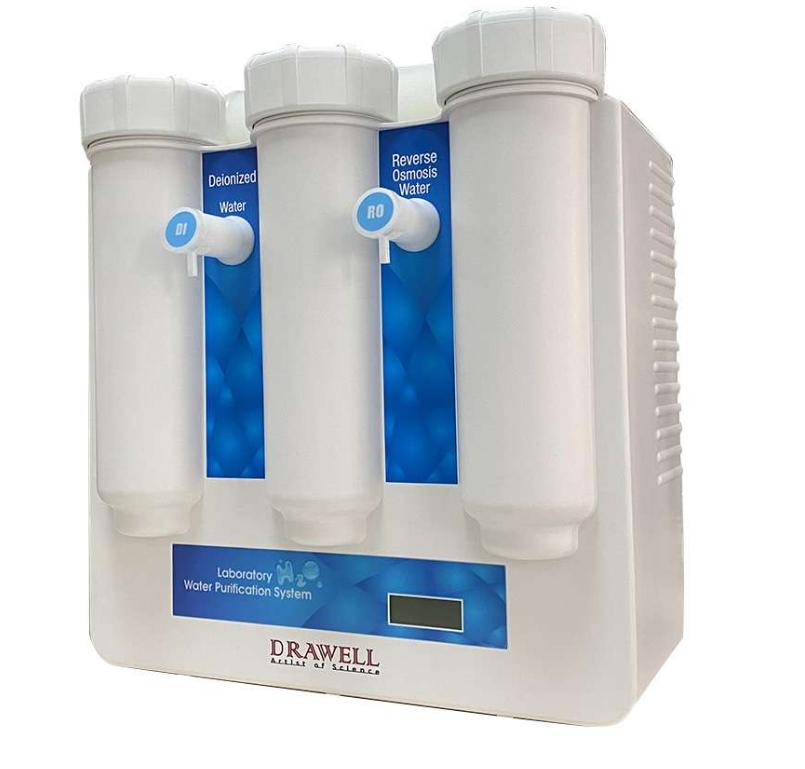
1. Consider the Water Use in Lab Water Purification System
Assess Your Laboratory’s Water Needs
Before delving into the selection process, it is crucial to understand your laboratory’s unique water requirements. Identify the experiments and applications that demand purified water, as different applications may have varying water quality requirements. Consider the volume of water needed per day or per experiment, factoring in both peak demand and average usage. This assessment will lay the foundation for choosing a lab water purification system that meets your specific water demands.
Understand Water Quality Standards and Grades
Familiarize yourself with the various water grades, such as Type I, Type II, and Type III, and their corresponding purity levels. Each grade corresponds to different levels of water purity, and the choice will depend on the applications you intend to perform. Additionally, check whether your laboratory needs to comply with specific water quality standards set by regulatory bodies or accrediting agencies. Meeting these standards ensures that your research is conducted with the highest level of accuracy and credibility.
Consider Water Source and Pretreatment
Evaluate the quality of your laboratory’s incoming water source. If it contains high levels of impurities, such as dissolved solids, chlorine, or microorganisms, you may need a pretreatment system before the purification stage. Pretreatment can involve filtration or other processes that reduce the burden on the primary water purification system, enhancing its efficiency and longevity.

2. Consider the Technologies Used in Lab Water Purification System
Evaluate Purification Technologies
There are various water purification technologies available, each with its strengths and weaknesses. Common methods include Reverse Osmosis (RO), Deionization (DI), Distillation, Ultrafiltration (UF), and others. Research and compare these technologies based on their ability to remove specific impurities present in your water source. For instance, RO is effective at removing dissolved salts and heavy metals, while DI is excellent for eliminating ions and achieving high-purity water.
System Specifications and Features
Carefully assess the specifications and features of the water purification systems you are considering. Ensure that the system can produce the required volume of water at the desired purity level. Check if it offers automatic monitoring and alerts for maintenance, as well as remote access for troubleshooting and data logging. A user-friendly interface and real-time monitoring capabilities can significantly ease system management and enhance laboratory efficiency.
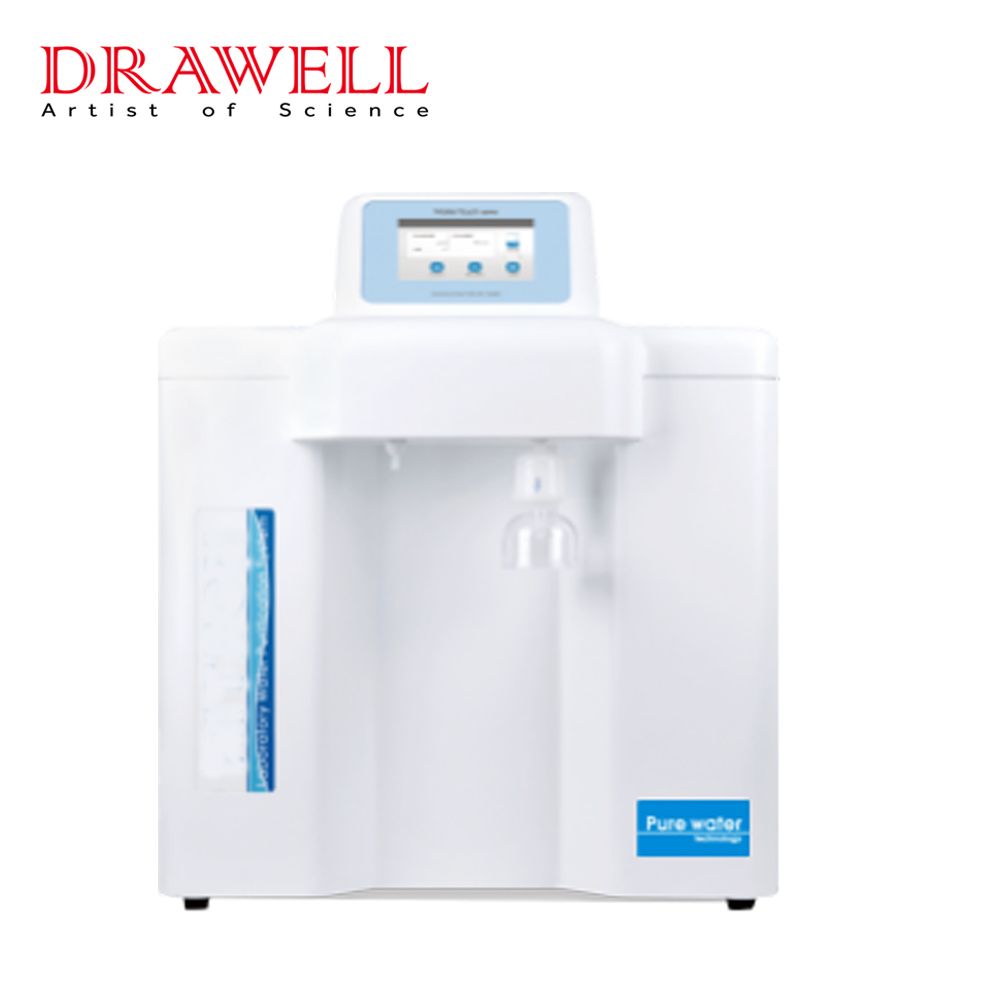
3. Consider the Operating Costs of Lab Water Purification System
Consider Space and Installation Requirements
Space is a valuable commodity in laboratories, so it is essential to consider the size of the water purification system and its compatibility with your available space. Some systems may require additional equipment, such as storage tanks, so plan for their installation as well. Adequate space allocation ensures a smooth and organized setup, minimizing disruptions to laboratory operations.
Maintenance and Operating Costs
The performance and longevity of a water purification system depend on regular maintenance. Evaluate the maintenance requirements, including filter replacements, cartridge changes, and cleaning procedures. Consider the frequency and cost of consumables to estimate the system’s long-term operating costs. It is essential to strike a balance between performance and affordability to ensure sustainable usage.
Customization and Expansion
Certain experiments may demand water with specific quality parameters beyond standard grades. Look for water purification systems that offer customization options or have modular components to meet these unique needs. Additionally, consider the possibility of future expansion if your laboratory’s requirements are expected to grow. A system that can scale up to accommodate increased demand saves time and resources in the long run.
Technical Support and After-Sales Service
A reliable water purification system is backed by excellent technical support and after-sales service. Look for a reputable supplier or manufacturer that provides prompt assistance and comprehensive warranty coverage. A responsive customer service team can quickly address any issues that may arise, minimizing downtime and ensuring smooth laboratory operations.
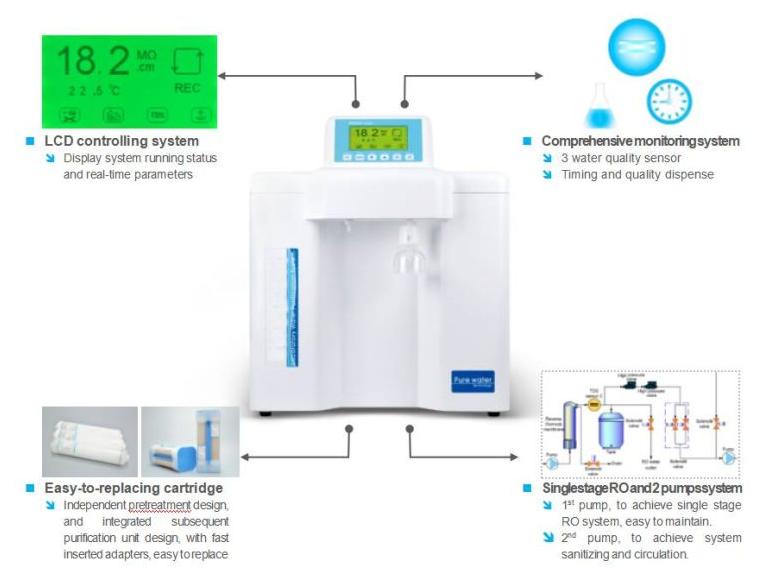
4. Consider the advice of Lab Water Purification System Users or Experts
Read Reviews and Seek Recommendations
Before finalizing your decision, read reviews and testimonials from other laboratory users who have experience with the water purification systems you are considering. Their feedback can provide valuable insights into the performance, reliability, and user-friendliness of the systems. Additionally, seek recommendations from colleagues or industry experts to gain further confidence in your choice. Drawell is specialized in manufacturing laboratory equipment, please feel free to contact us if you have any questions.
Conclusion
Selecting the right water purification system for your laboratory is a critical step in ensuring the accuracy and reliability of your research and experiments. By carefully assessing your laboratory’s water needs, understanding water quality standards, evaluating purification technologies, and considering system specifications and features, you can make an informed decision. Taking into account space and installation requirements, maintenance and operating costs, as well as the potential for customization and expansion, further enhances the suitability of the chosen system. Remember that technical support and after-sales service are crucial for ensuring a smooth and uninterrupted laboratory operation. With thorough research, planning, and consideration of your laboratory’s specific requirements, you can confidently choose a water purification system that meets your needs and elevates the quality of your scientific endeavors.

